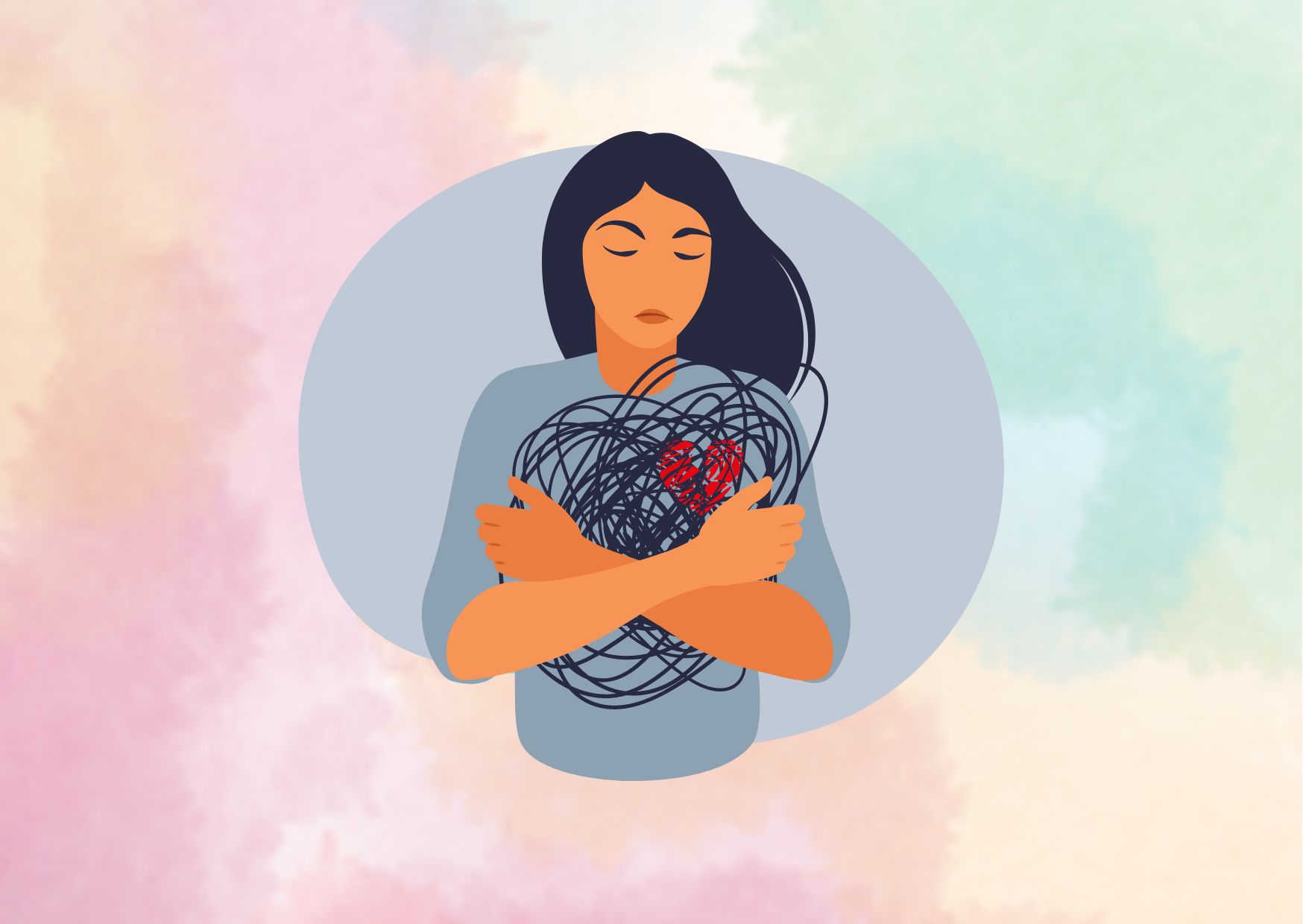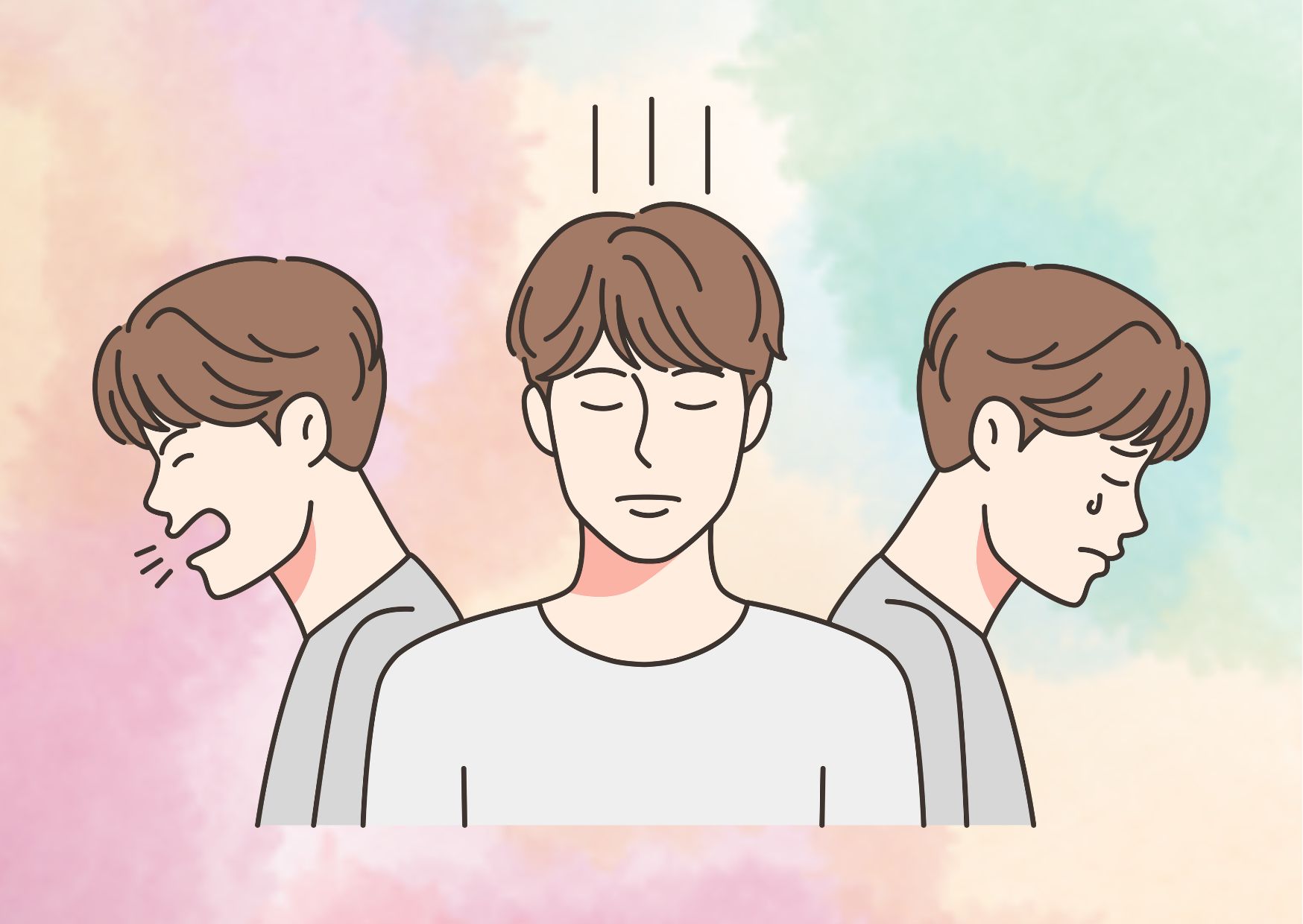Understanding Trauma Bonding: A Comprehensive Guide
Trauma bonding is an intense emotional attachment that develops between a victim and their abuser, often occurring in abusive romantic relationships, but can also manifest in other contexts like parent-child relationships, hostage situations, or even among colleagues or friends. This phenomenon, rooted in a cycle of abuse followed by positive reinforcement, involves a deep bond forged through intermittent abuse, gaslighting, and manipulation tactics.
At its core, trauma bonding revolves around a power imbalance where the abuser alternates between inflicting emotional or physical trauma and providing affection or rewards. This cyclical pattern of abuse and reinforcement can create a traumatic bond, leading the victim to justify the abuser’s actions, feel unable to leave the situation, and even develop an emotional addiction. Recognizing the signs of trauma bonding, such as isolation, self-blame, and a persistent desire to please the abuser, is crucial in breaking free from this toxic dynamic.
The Science Behind Trauma Bonds
Trauma bonding is a complex psychological phenomenon that involves a powerful emotional attachment between an abuse victim and their abuser. At its core, this bond is formed through a cycle of intermittent abuse and positive reinforcement, which triggers specific chemical responses in the brain.
A Maladaptive Coping Strategy
Trauma bonding is a maladaptive coping strategy developed by the brain to handle and survive trauma. The brain forms this attachment as a way to seek familiarity and safety amidst the abuse, even though the relationship itself is the source of the trauma.
| Brain Response | Explanation |
| Attachment | The victim develops a strong emotional attachment to the abuser, seeking comfort and familiarity in the relationship. |
| Dependence | The victim becomes emotionally and sometimes financially dependent on the abuser, making it harder to leave the relationship. |
| Coping Mechanism | The brain forms the trauma bond as a way to cope with and survive the abuse, even though it perpetuates the cycle of violence. |
The Power of Intermittent Reinforcement
The intermittent reinforcement pattern employed by the abuser is a powerful psychological tool that creates a biochemical addiction in the victim’s brain. This pattern of cruel, callous treatment mixed with random bursts of affection causes the victim to perpetually seek the abuser’s approval while settling for the crumbs of their occasional positive behavior.
Importantly, this intermittent reinforcement activates the same areas of the brain responsible for substance addictions, such as cocaine addiction. The hot and cold behaviors of a toxic relationship exacerbate this dangerous attachment, making it incredibly difficult for the victim to break free from the trauma bond.
The Cycle of Abuse and Reinforcement
The Seven Stages of Trauma Bonding
The trauma bonding cycle is a recurring pattern of abuse and reinforcement that entraps victims in a toxic relationship. This cycle consists of seven distinct stages, each contributing to the formation and strengthening of the traumatic bond:
- Love Bombing: The abuser showers the victim with excessive attention, affection, and praise, creating a sense of idealization and euphoria. This stage triggers the release of oxytocin and dopamine, neurotransmitters associated with feelings of love and attachment.
- Trust and Dependency: The victim begins to trust and depend on the abuser, believing in their promises and the potential for a healthy relationship. This stage reinforces the emotional bond and makes it harder for the victim to leave.
- Criticism and Gaslighting: The abuser starts to criticize and belittle the victim, often using gaslighting tactics to manipulate their perception of reality. This stage erodes the victim’s self-esteem and confidence, making them more reliant on the abuser’s approval.
- Resignation and Submission: Overwhelmed by the abuse, the victim resigns themselves to the situation, often blaming themselves for the abuser’s behavior. They may become submissive in an attempt to placate the abuser and avoid further harm.
- Loss of Self: The victim’s sense of identity and autonomy becomes increasingly diminished as the abuser exerts more control. They may isolate themselves from friends and family, further entrenching the trauma bond.
- Addiction: The intermittent reinforcement of affection and abuse creates a biochemical addiction in the victim’s brain, similar to substance abuse. They become emotionally and sometimes physically dependent on the abuser, craving the highs of the love bombing stage.
- Repetition: The cycle repeats itself, with the abuser alternating between periods of abuse and positive reinforcement, perpetuating the trauma bond and making it increasingly difficult for the victim to break free.
| Stage | Description |
| 1. Love Bombing | Excessive attention, affection, and praise |
| 2. Trust and Dependency | Victim trusts and depends on the abuser |
| 3. Criticism and Gaslighting | Belittling, manipulation, and erosion of self-esteem |
| 4. Resignation and Submission | Victim blames themselves and becomes submissive |
| 5. Loss of Self | Diminished identity and autonomy |
| 6. Addiction | Biochemical addiction to the abuser’s behavior |
| 7. Repetition | Cycle repeats, reinforcing the trauma bond |
Understanding this cycle is crucial for recognizing the signs of trauma bonding and breaking free from its grip. It is important to seek professional help and support to overcome the emotional and psychological impact of this toxic dynamic.
Power Imbalance in Traumatic Relationships
The Dynamics of Power and Control
Trauma bonding thrives on a significant power imbalance between the abuser and the victim. This imbalance is a cornerstone of the abusive relationship, allowing the perpetrator to exert control and dominance over the victim. The abuser employs various tactics to establish and maintain this power differential, including:
- Isolation: The abuser systematically isolates the victim from their support system, including friends, family, and other potential sources of help or alternative perspectives. This isolation fosters dependence on the abuser and reinforces their control.
- Intimidation: Through physical, emotional, or psychological intimidation, the abuser instills fear and a sense of helplessness in the victim. This fear becomes a powerful tool for maintaining compliance and obedience.
- Manipulation: The abuser manipulates the victim’s emotions, perceptions, and reality through tactics like gaslighting, love-bombing, and intermittent reinforcement. This manipulation creates confusion, self-doubt, and a distorted sense of reality for the victim.
- Financial Control: In some cases, the abuser may exert control over the victim’s financial resources, limiting their ability to access funds or become financially independent. This tactic further entrenches the victim’s dependence on the abuser.
The Cycle of Power and Submission
As the power imbalance deepens, a cyclical pattern emerges, where the victim becomes increasingly submissive to the abuser’s demands and control. This cycle can be broken down into the following stages:
- Tension Building: The abuser creates an environment of fear and tension, often through criticism, intimidation, or threats.
- Explosive Abuse: The tension culminates in an explosive outburst of physical, emotional, or psychological abuse.
- Reconciliation: After the abuse, the abuser may express remorse, make promises of change, or engage in love-bombing tactics to regain the victim’s trust and affection.
- Calm: A period of relative calm ensues, during which the victim may rationalize or minimize the abuse, hoping for a permanent change in the abuser’s behavior.
- Repetition: The cycle repeats itself, with the abuser reasserting their power and control, leading to another round of tension building and explosive abuse.
| Stage | Description |
| Tension Building | Fear and tension created through criticism, intimidation, or threats |
| Explosive Abuse | Physical, emotional, or psychological abuse |
| Reconciliation | Abuser expresses remorse, makes promises, or love-bombs |
| Calm | Victim rationalizes or minimizes the abuse |
| Repetition | Cycle repeats, with the abuser reasserting power and control |
This cyclical pattern of power and submission reinforces the trauma bond, making it increasingly difficult for the victim to break free from the abusive relationship. Recognizing and understanding the dynamics of power imbalance is crucial for identifying the signs of trauma bonding and seeking appropriate support and resources to escape this toxic dynamic.
Signs of Trauma Bonding
Recognizing the signs of trauma bonding is crucial for identifying and breaking free from this toxic dynamic. While the manifestations may vary, several common patterns emerge:
Justifying the Abuser’s Behavior
One of the most prevalent signs is the victim’s tendency to justify, rationalize, or defend the abuser’s actions, even in the face of blatant mistreatment. This may involve making excuses for the abuser’s behavior, blaming external factors, or minimizing the severity of the abuse.
Obsessive Thoughts and Desire for Validation
Victims of trauma bonding often find themselves consumed by thoughts about the abuser, constantly seeking their approval and validation. This obsession can lead to a persistent desire to help or “fix” the abuser, despite the harm they have inflicted.
Unwillingness to Leave the Abusive Situation
Despite recognizing the abusive nature of the relationship, victims may express a strong reluctance or inability to leave the situation. This can stem from a deep emotional attachment, fear of retaliation, or a belief that the abuser will change or that the relationship can be salvaged.
Covering for the Abuser
Trauma bonding can manifest in the victim’s attempts to cover for the abuser’s behavior, either by lying or withholding information from others. This secrecy and isolation from friends and family further entrench the trauma bond.
Self-Blame and Loss of Identity
Victims may exhibit signs of self-blame, believing that they are responsible for the abuse or that they deserve the mistreatment. This can lead to a loss of self-worth and a diminished sense of identity, as the victim’s autonomy and individuality become increasingly suppressed.
Dependence and Addiction
The intermittent reinforcement pattern of abuse and affection can create a biochemical addiction in the victim’s brain, leading to a sense of dependence on the abuser. This dependence can manifest as an inability to let go, even when the abusive nature of the relationship is recognized.
Isolation and Secrecy
Trauma bonding often involves the abuser isolating the victim from their support system, including friends and family. This isolation, combined with the victim’s secrecy about the abuse, can further reinforce the trauma bond and make it harder to seek help or alternative perspectives.
| Sign | Description |
| Justifying Abuse | Making excuses or minimizing the abuser’s actions |
| Obsessive Thoughts | Constant preoccupation with the abuser’s validation |
| Unwillingness to Leave | Reluctance to end the abusive relationship |
| Covering for the Abuser | Lying or withholding information to protect the abuser |
| Self-Blame | Believing they are responsible for or deserve the abuse |
| Dependence | Feeling addicted to the abuser’s intermittent reinforcement |
| Isolation | Being cut off from support systems and alternative perspectives |
It is important to note that these signs can manifest in various combinations and intensities, and their presence does not necessarily indicate a trauma bond. However, recognizing these patterns can help identify potential situations of abuse and take steps towards breaking free from the toxic cycle.
Suggestion for read: Bottom-Up Therapy for Trauma
The Dangers of Staying in a Trauma Bond
Remaining in a trauma bond can have severe and long-lasting consequences for the victim’s physical, emotional, and psychological well-being. Here are some of the major dangers associated with staying in a traumatic relationship:
1. Escalating Abuse and Violence
Trauma bonds often exist within a cycle of abuse, where periods of calm are followed by escalating violence and mistreatment. As the victim becomes more entrenched in the trauma bond, the abuser may feel emboldened to escalate their abusive behavior, leading to increased physical, emotional, or sexual violence.
2. Erosion of Self-Worth and Identity
Prolonged exposure to abuse and manipulation can severely erode the victim’s sense of self-worth and identity. The constant criticism, gaslighting, and control exerted by the abuser can lead the victim to doubt their own reality, beliefs, and values, ultimately losing their sense of autonomy and individuality.

